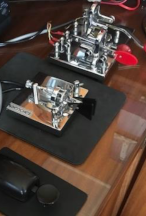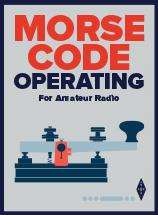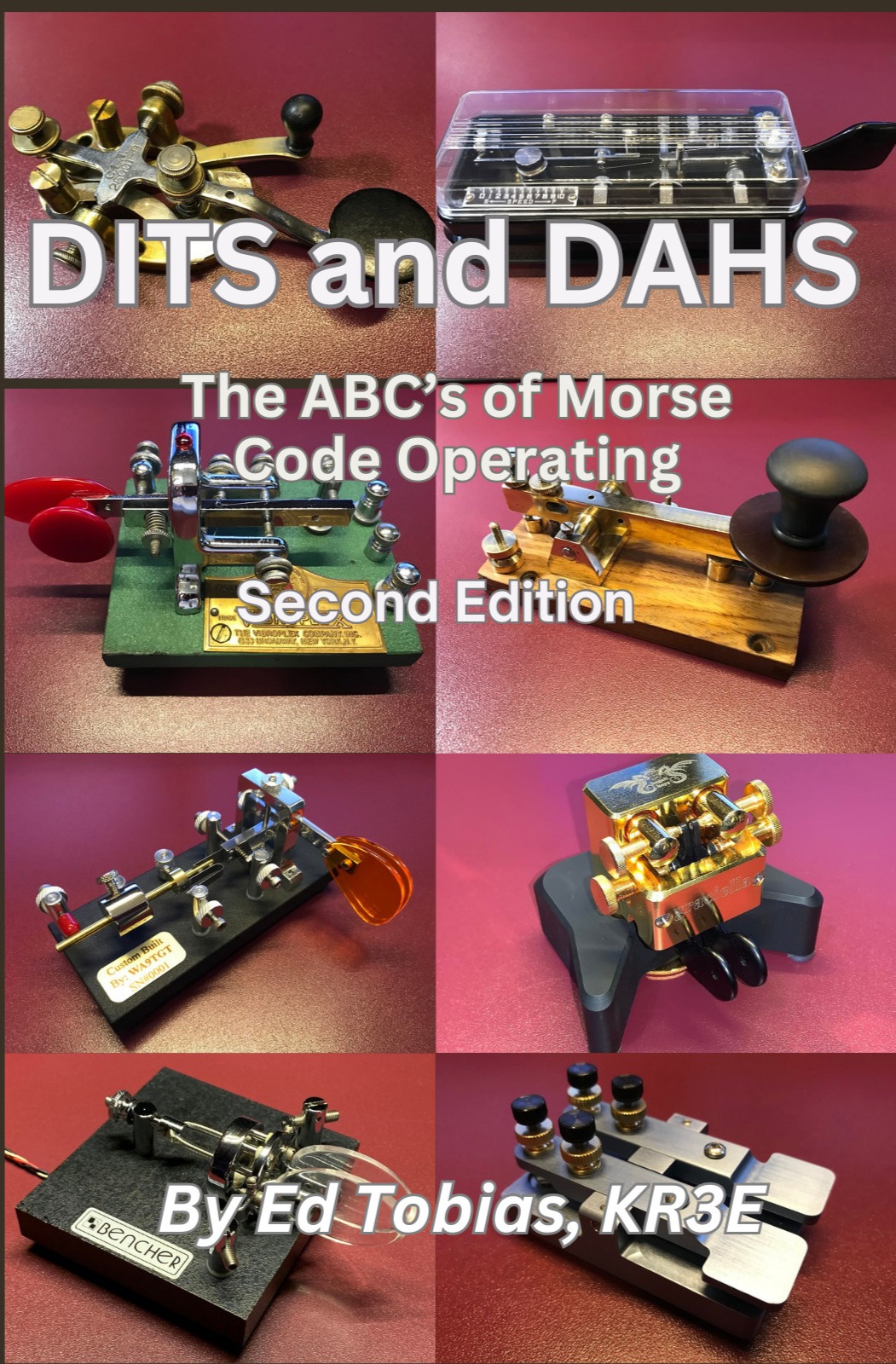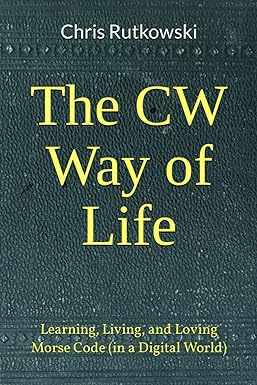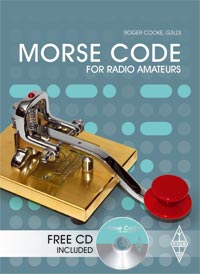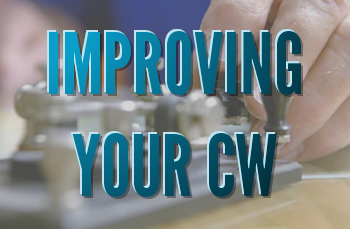
FOC is committed to fostering and encouraging a high standard of operating and to protecting the future of CW.
Young or old, novice or old-timer, each of us can always improve our CW skills. Learning or improving means more fun; “head copying” while in a QSO, gaining a few more points in a contest, snagging a new DX entity or enjoying using a variety of Morse code keys.
On this page you can find some resources, in which FOC members play a role, to help you do that.
On-Line Help
Morse Trainer by Ray, G4FON (SK) (FOC 1874)

This free Windows software uses the Koch method, teaching CW two letters at a time sent at the speed that you want to achieve, e.g. 15 wpm. When those two are mastered others are added. As you improve your skill you can add QRM, QSB and QRN. You can also adjust the character speed and the spacing between the characters.
Ray gave the presentation “Improving your Morse Code skills from 5NN TU to effortless casual rag-chewing” at the 2018 RSGB convention.
Learn CW On-Line by Fabian, DJ5CW (FOC 1796)

This free course, using the Koch method, lives in “the cloud.” It includes teaching and practice at various speeds using text and code groups. There’s even QTC practice for the WAE contest.
erwewerwerwer
Pileup Practice by Chuck, NO5W (FOC 1944)
Chuck has been providing the software used for the Kansas City DX Club’s pileup competition a the Dayton hamfest for about the past ten years. He’s put several years worth of his competition archives on his website. They’re great practice for digging calls out of the mob.
Reading Material
FOC Guide to Morse Code Proficiency by Gary, ZL2IFB (FOC 1912)
Morse Code Operating for Amateur Radio by Rob, K6RB (FOC 1821) and Jim, N3JT (FOC 1067)
This paperback is available from the ARRL bookstore.
Chapters include:
- Learning Basic Morse
- How to Operate CW
- Setting Up a CW Station
- More Fun with CW
DITS and DAHS by Ed, KR3E (FOC 1878)
This book, originally published by CQ Magazine in 2017, has been updated with Second Edition. The book is full of tips about selecting and adjusting the various types of keys, hunting DX, contesting, and operating mobile or portable. It’s hints are useful for a CW “novice” or a more experienced ham. It’s available on Amazon.
Its 12 chapters include:
- The CW Language
- On the Air
- Signs, Signals and Procedures
- Mobile and Portable Operation
- DX and Contests
- Getting Keyed Up
Zen and the Art of Radiotelegraphy by Carlo, IK0YGJ (FOC 1937)
Chapters include:
- Learning CW
- Getting Started With Morse Code (6 weekly lessons)
- Increasing Speed
- Keys and Keyers
The CW Way of Life: Learning, Living and Loving Morse Code (in a Digital World) by Chris, NW6V (FOC 2148)
This paperback and ebook is available on Amazon.
Chapters include:
- The Key
- The User
- Code Talking
- Double-D Notation
- The Code
- The Lingo
- Advanced Key Training
Morse Code For Radio Amateurs by Roger, G3LDI (FOC 2037)
Morse Code for Radio Amateurs is the latest 10th edition of the Radio Society of Great Britain’s (RSGB) book designed to show how to learn Morse code and get the maximum enjoyment from using it.
This hugely popular title has been updated and revised from the 9th edition by Morse enthusiast Roger Cooke, G3LDI.
This paperback is available from the RSGB bookstore
All About Squeeze-Keying by Karl, DJ5IL (FOC 1980)
Read this extensive article about keys and suggestions about how to use the squeeze-keying technique.
Classes and Clubs
CW Boot Camp

The Essex CW Club in England, with financial support from FOC, runs day-long classes aimed at helping hams improve their CW. Instructors are Dean, G4WQI (FOC 2107) and Andy, G0IBN (FOC 2048). Students are broken into three groups: 10 wpm and under, up to 24 wpm and 25 wpm and up. The aim is to progress to the top of each group and, eventually, move into the next. Information is also provided about using a paddle, how to set up a straight key and CW procedures.
CW Academy
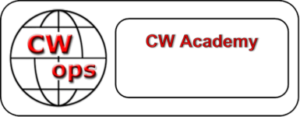
Instructors from the CWops club use internet video conferencing to guide students through three levels, starting with learning basic CW and running through 25+. They use the Koch system of sending characters at high speed mixed with slower speed spacing. Sign up early…there’s a waiting list.

